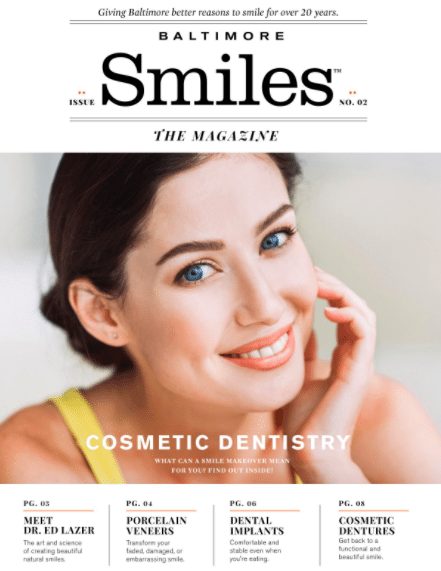Dr. Ed Lazer is a leading cosmetic dentist in the Baltimore area. Dr. Lazer’s patients recognize his skill and artistry when creating a smile makeover. His patients also know him for his kind, caring manner that sets them at ease.
He will work with you to design a stunning new smile that will enhance your natural beauty and improve the overall condition of your dental health. He is your trusted and experienced cosmetic dentist in Baltimore, MD.
You’ve seen smile makeovers on TV; now see one on yourself! Dr. Lazer and his dental care team excel in cosmetic dentistry, offering the latest cosmetic dental procedures to give you a smile that is perfect for you. Dr. Doroshenko is an experienced prosthodontist and can support patients with any necessary restorative dental care that may be a part of their overall treatment plan.
Our office also provides comprehensive dental services to new and existing patients in Baltimore and Baltimore County.
Quality, Long Lasting Cosmetic Dentistry
Our patient’s smiles speak for themselves and are a testament to Dr. Lazer’s skill, expertise, and artistic finesse. Because Dr. Lazer uses the best materials, advanced techniques, and the latest dental technology, his patients know him for “getting it right the first time”.
There are different options available for creating a beautiful, natural smile. Dr. Lazer will discuss your treatment options and develop a plan that is right for you. Our most popular cosmetic dental procedures include porcelain veneers, dentures, teeth whitening, tooth bonding, and Botox® Cosmetic.
Porcelain Veneers
Porcelain veneers can help improve the appearance of your smile by fixing cosmetic imperfections. The thin shells fit over your existing teeth to help improve the shape, color and size of your teeth.
They are also a great way to correct chips, cracks, misalignment and gaps. Veneers can also help protect your teeth from further damage because they are as strong as your natural tooth enamel. To learn about our porcelain veneer services, see Porcelain veneers.
Cosmetic Dentures
Cosmetic Dentures are full or partial removable teeth replacements that we make to look natural and lifelike. Our dentists create them to be aesthetically pleasing, but also restore your ability to speak, chew, and smile naturally.
Our team carefully takes impressions of your mouth to build a highly custom denture from various materials such as acrylic, metal alloys, and porcelain. We can use cosmetic dentures in combination with other restorative methods for a more complete dental restoration. To learn more about our cosmetic denture services, see Cosmetic dentures.
Teeth Whitening
Professional whitening at the dentist’s office is a safe and effective method for whitening teeth. The whitening products our dentists use contain stronger levels of whitening agents than those available over-the-counter, allowing for more dramatic results with just one visit.
We can also make sure your teeth and gums are healthy before proceeding with the whitening procedure, reducing the possibility of any sensitivity or irritation. To learn about our cost-effective teeth whitening services, see Teeth whitening.
Now that you know more about our cosmetic dental services, you can make an informed decision. From changing the color of your teeth to addressing uneven and cosmetically damaged teeth, our cosmetic dentists can help address your needs. Chipped, cracked, or worn teeth are not only signs of a possible bite problem but can lead to additional dental problems, and even tooth loss.
Dr. Lazer tailors his dental care to the unique needs of each patient with the goal of providing lasting results and long-term oral health and wellness. Making the decision to improve your smile is an excellent way to raise your confidence and even look younger.

Complimentary Cosmetic Dentistry Consultation
(Regular Value $129)
If you want to find out if porcelain veneers, dental implants, or other cosmetic treatments are right for you, this is your chance to meet Dr. Lazer and find out how he can help. The consultation is complimentary and includes:
- Oral exam
- Cosmetic smile evaluation
- Opportunity for a specialist to answer your questions
Best of all, we do not discriminate, and provide dental services for patients from all over Maryland. To find out which areas we cater to, visit Areas we serve.
Choosing A Baltimore Cosmetic Dentist
Cosmetic dentistry is an investment that you should be completely happy with and that should last for years to come. That’s why it’s so important to choose a dentist with the right experience and education.
Las Vegas Institute for Advanced Dental Studies (LVI) recognizes Baltimore cosmetic dentist Dr. Lazer as a premier dentist. During the last ten years, Dr. Lazer has completed hundreds of continuing education hours at LVI, the nation’s premier post-graduate cosmetic dental teaching center.
Some of the best cosmetic dentists in the world have been a mentor to Dr. Lazer. As a result, he has forged a reputation for absolute excellence in dentistry.
Smart Woman Magazine, Baltimore Magazine, and the Baltimore Business Journal recognize Dr. Lazer as a “Top Cosmetic Dentist in Baltimore”. He has been interviewed as one of America’s top dentists.

